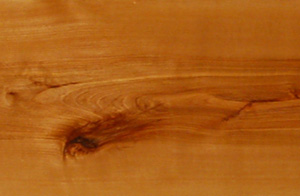
| FSC (Forest Stewardship Council) an independent, non-governmental, not-for-profit organization established to promote the responsible management of the world’s forests. The FSC label provides a credible link between responsible production and consumption of forest products, enabling consumers and businesses to make purchasing decisions that benefit people and the environment as well as providing ongoing business value. FSC is currently the most well-known certification system. |
| PEFC (Programme for the Endorsement of Forest Certification schemes) is an independent, non-profit, non-governmental organization, which promotes sustainably managed forests through independent third-party certification. The PEFC provides an assurance mechanism to purchasers of wood and paper products that they are promoting the sustainable management of forests. PEFC is currently the largest certification system. |
| SFI (Sustainable Forestry Initiative) an independent, non-profit organization responsible for maintaining, overseeing and improving a sustainable forestry certification program that is internationally recognized. With SFI, consumers can be confident they are buying wood or paper from well-managed, legal sources. |




